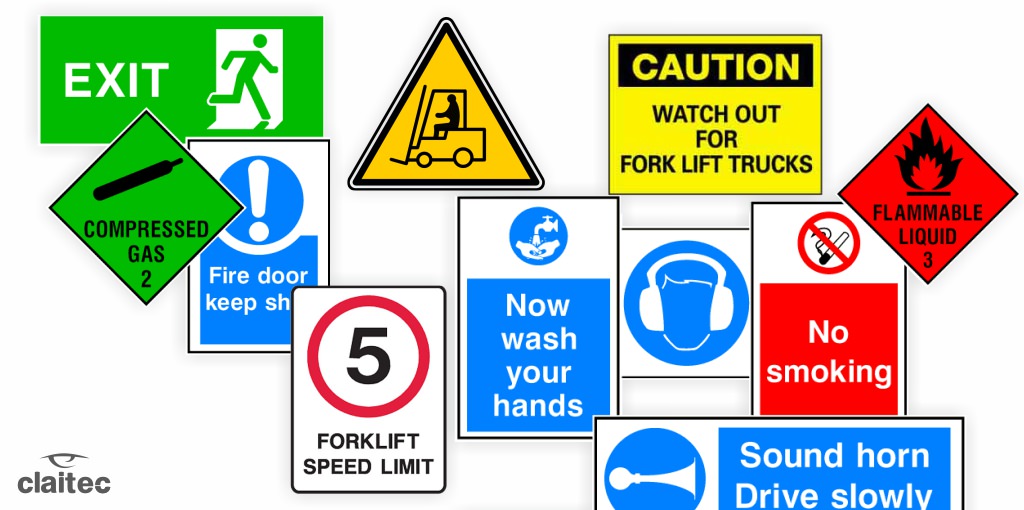What is a workplace risk assessment?
It’s a comprehensive study of all factors that pose a threat to the physical well-being of employees, supervisors and visitors in the areas where they transit.
A workplace risk assessment allows the implementation of security measures that eliminate or reduce risks, promoting the care and integrity of the workers’ health.
Protecting its employees is one of the most important aspects of a company, being a legal obligation in many countries.
Even when not imposed by legislation, a company that implements a number of safety procedures in order to keep its staff protected will obtain a number of significant benefits, including better work organization and increased productivity.
Similarly, it’ll be able to prevent the secondary consequences that often result from accidents such as damages, payment of penalties and loss of production.
In order to conduct a workplace risk assessment easily, we recommend following these five simple steps:
1. Hazard identification.
It is vital to determine all possible ways an accident could occur in all work areas. To do this, you must perform a thorough inspection of the company’s facilities.
Take into consideration your staff’s suggestions as they are familiar with the environment and working procedures, and they might have already identified specific risks in their activities. The manufacturers of the equipment, tools and products used in the company would probably also have safety recommendations which should not be neglected.
If need be, seek professional advice to correctly identify your workplace’s hazards.
2. Identification of potential victims.
While identifying potential hazards, you can also determine who could be affected and what kind of potential damage could suffer. This will help later to better establish priorities and find optimal solutions for each risk. Besides the magnitude of the possible injury, be sure to take into account the vulnerability of people who are in each workspace: consider the inexperienced personnel, the elderly, pregnant women and persons having disabilities.
3. Establishment of risk control measures.
After analyzing the hazards encountered, it will be time to define the security measures that will avoid as far as possible. There is a hierarchy of activities that will help you prioritize the procedures performed. If you are able to completely eliminate the hazard, apply. When this is not possible, prevent access to the danger zone when not needed. Develop safer working methods, minimizing exposure to any risk. Set first aid facilities and dispensaries if applicable. Finally, provide your personal protective equipment. Applying these measures, you will eliminate risks, reduce the probability or its impact minimized.
4. Assignment of responsibilities.
To ensure that the security measures in place are properly implemented, it is appropriate to assign responsibility accordingly. Those selected will be responsible for the implementation, monitoring and recording the progress made on security. Likewise, the time limits to be completed the work of implementing these measures will be defined. Rely on your team to plan the strategy to follow, defining priority activities for their risk and establishing the improvements that can be made immediately by its low cost and simplicity. They should also schedule a training course to inform workers about the security measures taken.
5. Scorekeeping, monitoring and periodic updating.
Written record all activities performed in the previous steps. After implementing risk control measures must monitor its effectiveness through regular inspections, worrying about update procedures as necessary. Try to be at all times at the forefront of security measures for optimal results.
The method presented is one of the most used by companies worldwide to implement its security measures, although there are other equally effective. The important thing is to carry out these procedures in the shortest possible time, with rigor and diligence, with the commitment of the entire company. Although those responsible for the implementation of security measures are employers, a risk assessment in the workspace is a task that must involve all stakeholders.



